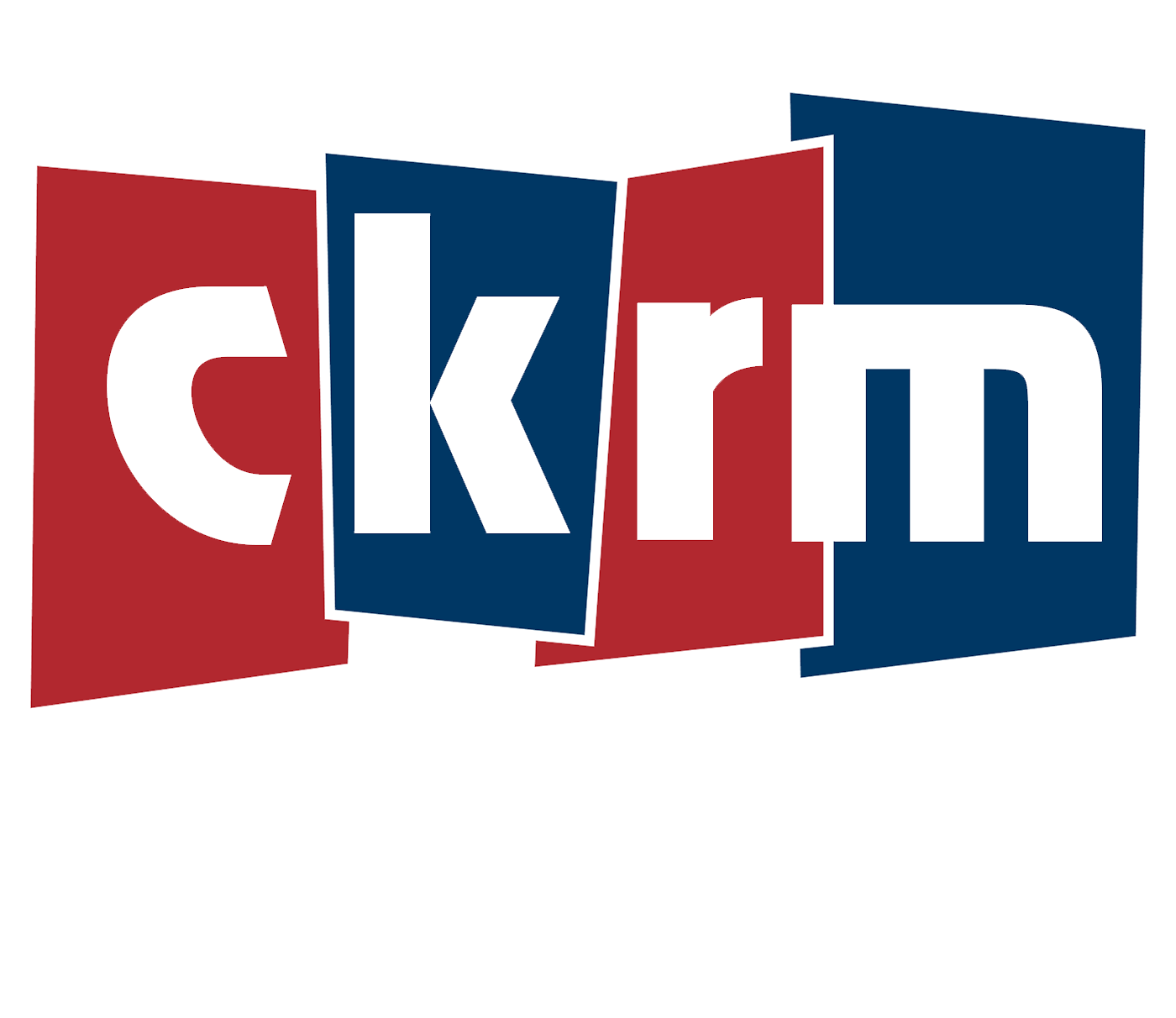Omar Sachedina’s promotion to chief anchor at CTV National News should have been a win for representation in Canadian media, but observers say the controversy surrounding his predecessor Lisa LaFlamme’s departure overshadowed a momentous occasion.
It was “a stolen moment” in which both a decorated woman and an accomplished man of colour have been robbed of significant benchmarks in their careers, said Brent Jolly, president of the Canadian Association of Journalists.
“This should be something that was being celebrated,” he said.
“And yet, unfortunately, the synchronizing of the announcements doesn’t do him as much service as it could.”
Bell Media issued a press release Monday saying that after 35 years LaFlamme was leaving the broadcaster. Less than half an hour later, Sachedina was named as her replacement.
The ousted lead anchor turned to social media where she said in a video she was first informed of the decision on June 29, adding she felt “blindsided” by what was described by executives as a “business decision.”
For LaFlamme, she lost a career milestone when she was pulled from the airwaves without an official sign-off on the CTV broadcast she led for more than a decade.
The gravity of Sachedina’s new position in the upper ranks of Canadian television was also diminished.
He is an experienced political reporter of Indian descent from Uganda taking the helm at Canada’s most-watched evening newscast, but that was largely buried in the controversy around LaFlamme’s sudden ousting from the network.
Sachedina marched through appearances on Bell Media-owned channels where the interviewers largely avoided the controversy around his appointment, while he spoke optimistically about the future of the newscast.
Neither LaFlamme nor Sachedina responded to requests for comment. Bell Media did not respond to questions about its handling of the announcement.
Nana aba Duncan, an associate professor and Carty Chair of Journalism, Diversity and Inclusion Studies at Carleton University, said the announcement was handled poorly and tossed Sachedina into a position where he’d face heightened scrutiny.
“Now there’s this added pressure that this person is maybe being put there for a diversity reason, and that’s unfair to him,” she said.
LaFlamme also didn’t get the respect she deserves, Duncan said.
Usually, an outgoing anchor would have the chance to say goodbye to their viewers in a live sign-off, along with a retrospective on their work. It happened when Peter Mansbridge was afforded nearly a year of runway before he signed off at CBC while Lloyd Robertson was toasted for more than 40 years at CTV when he retired in 2011.
“There’s usually time, and that time wasn’t taken here,” Duncan said. “To me, it shows a lack of care and fairness for both of them.”
Leaders need to be aware that employees are becoming more conscious of how they’re being treated — or mistreated — in the workplace, Duncan said.
Employers need to recognize a younger generation of journalists are coming into the job more attuned to mental health in the workplace and less likely to accept “that’s just how it is” reasoning, she added.
“It’s not just in journalism, but everywhere,” she said.
“People who are going into the workforce are looking for their employers to care — not just to say that they care, but to genuinely show it in some way. And this flies in the face of that.”
However, Duncan said she remains hopeful that progress can be made in journalism.
“We have to change it systemically,” she added.
“And that means folks at the top have to start thinking about how people are brought on and how people leave.”








